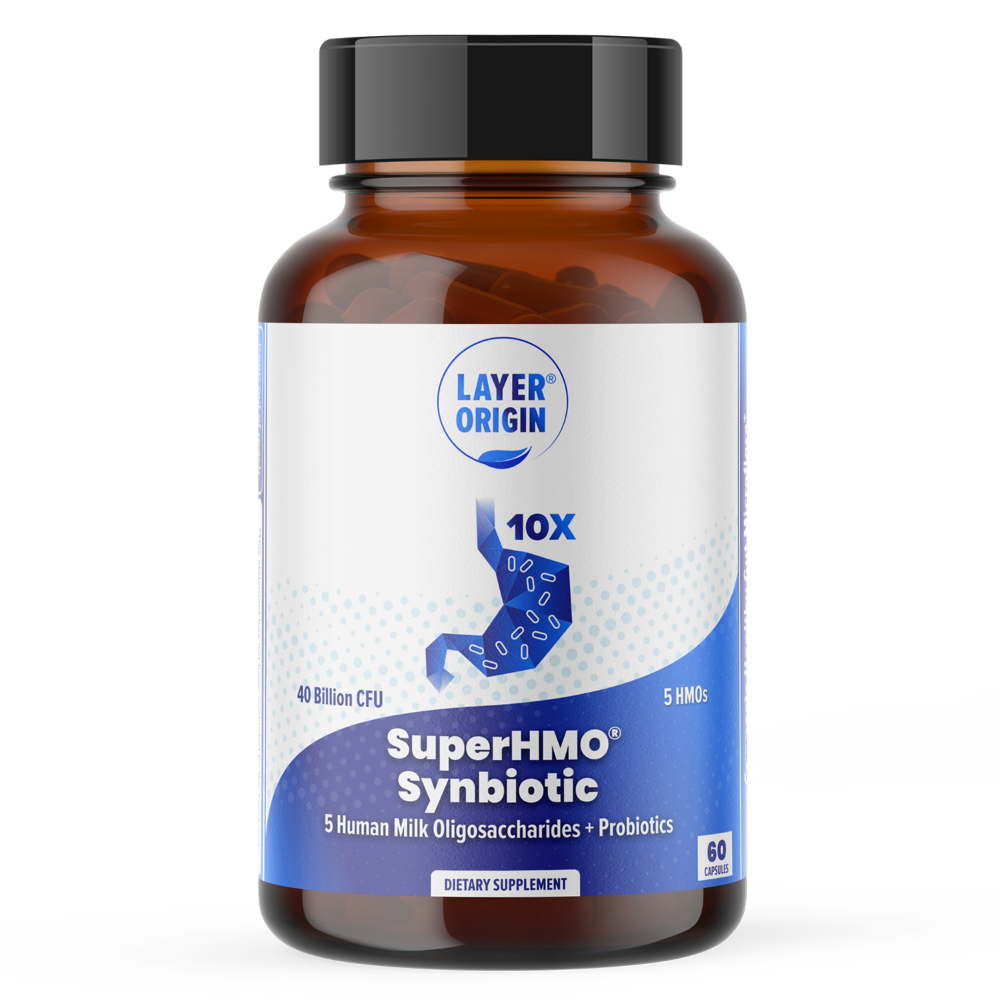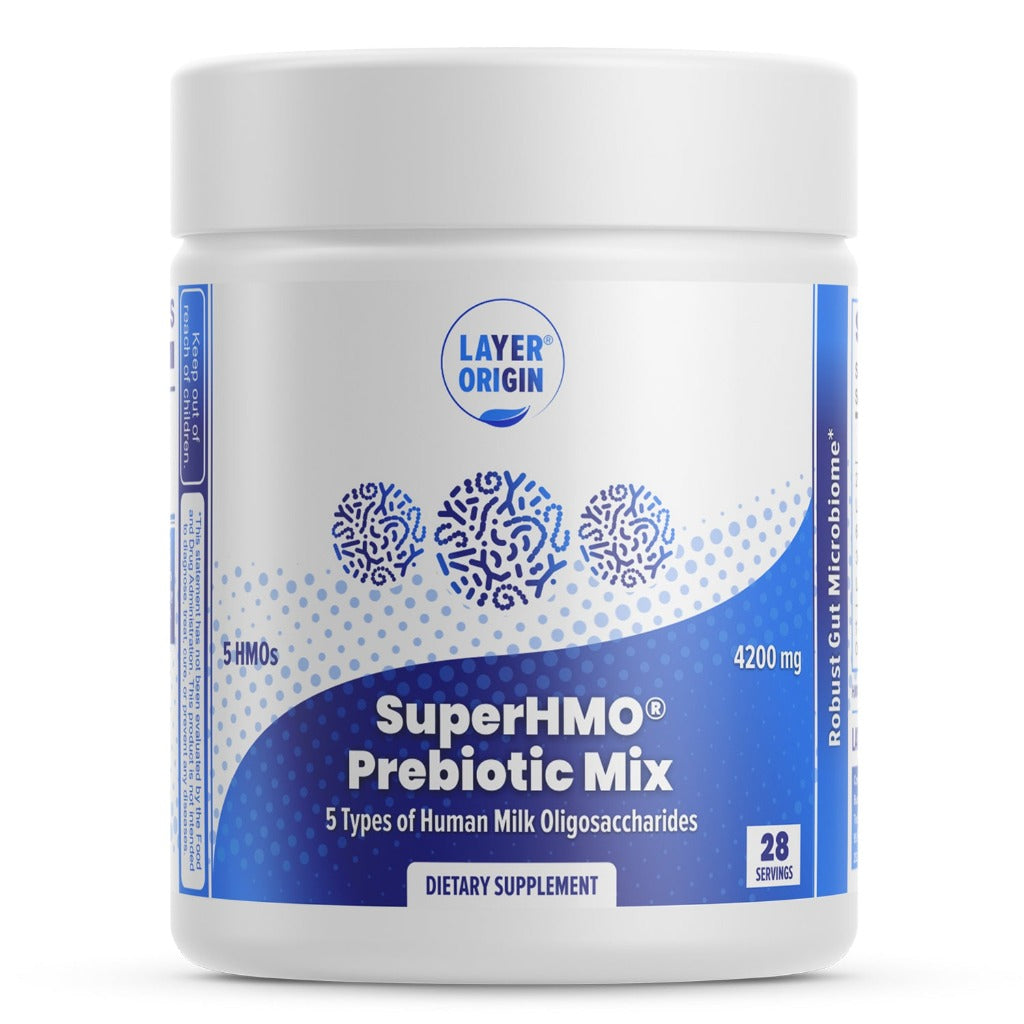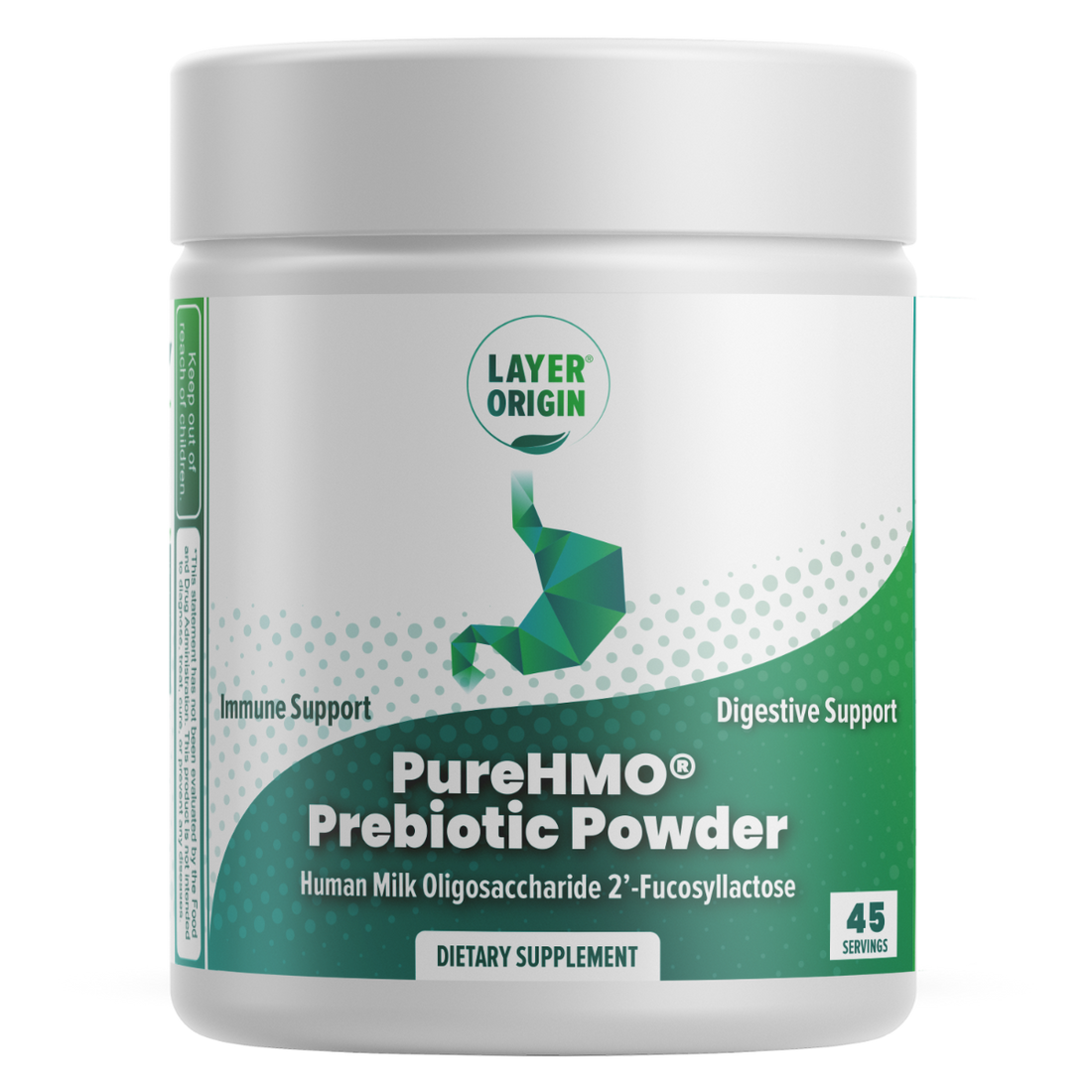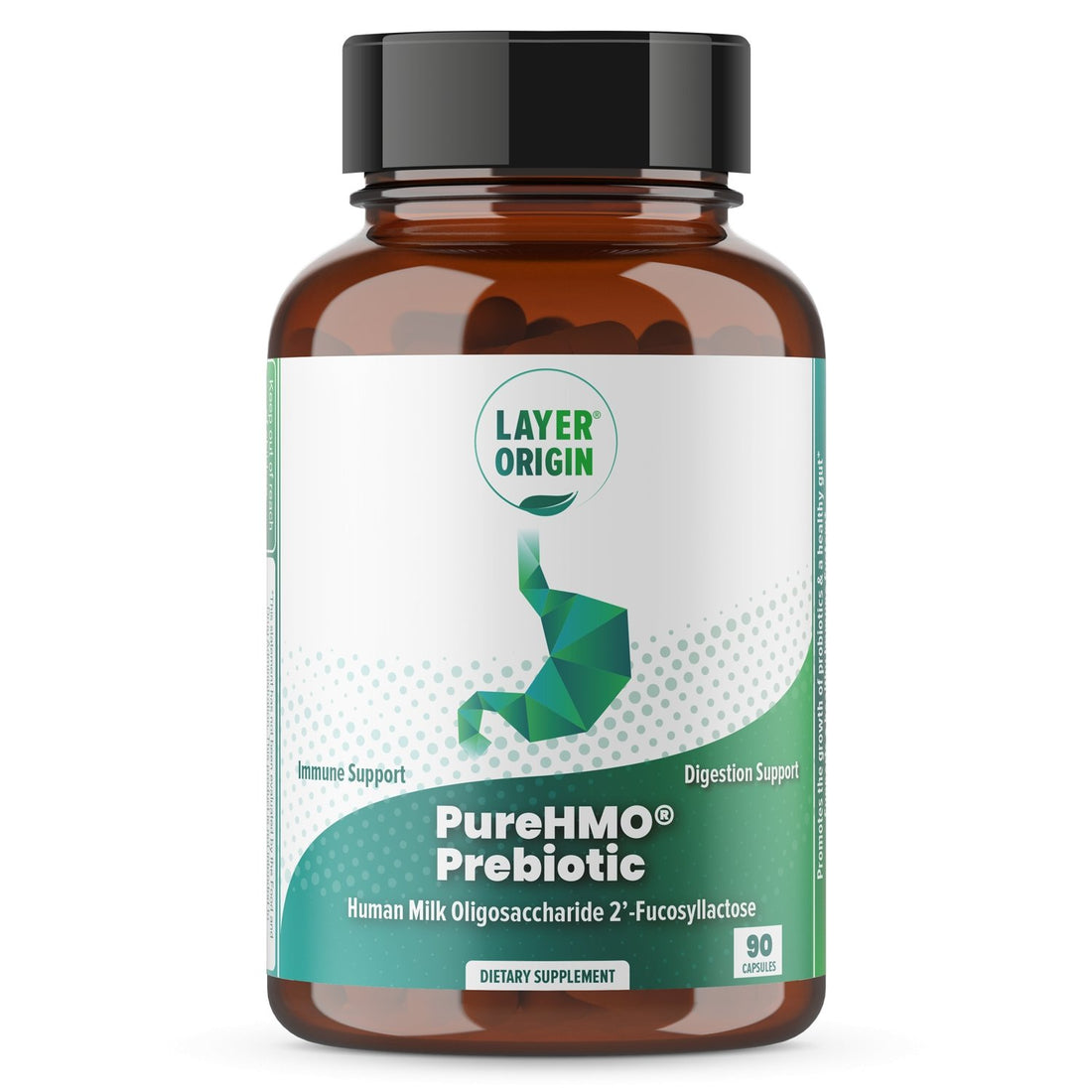Although the existence of different blood types is common knowledge, what constitutes these blood types and the physiological differences between individuals with varying blood types is a much less discussed topic.
An individual’s blood type is conferred by what are known as AB O histo-blood group antigens. Antigens are generally proteins or complex sugars but can also be glycoproteins (sugar-bound proteins) or glycolipids (sugar-bound fats) that are recognizable by the immune system. In this case, the three ABO antigens (A, B, and H) are polysaccharides (multiple sugar molecules bound together).
H-antigen
Irrespective of blood type, the vast majority of people have red blood cells that express the H antigen. People that lack the H antigen are said to have the Bombay phenotype, named after the location where this blood type was first identified. Then, depending on an individual’s genetic make-up, someone can either express the A antigen, B antigen, both the A and B antigen, or neither the A nor B antigen on the surface of their red blood cells. For example, individuals expressing the type A antigen have type A blood, whereas individuals expressing neither A nor B antigen have type O blood. In addition, an individual is said to have a positive or negative blood type depending on the presence or absence of the genetically-inherited Rhesus (Rh) factor. If someone has Rh factor on their red blood cells, they are said to have a positive blood type, whereas someone lacking the Rh factor on their red blood cells is said to have a negative blood type (e.g., if you have red blood cells that express both A and B antigens as well as Rh factor, then your blood type is AB+; if your red blood cells possess neither A nor B antigen and also lack Rh factor, then your blood type is O-).
What is FUT1?
Galactoside 2-L-fucosyltransferase 1 (FUT1) is the enzyme that facilitates the transport of ABO histo-blood group antigens onto the surface of red blood cells. However, contrary to what most of us learned in basic biology classes, blood isn’t the only bodily fluid that contains ABO antigens thanks to a variant of FUT1 known as FUT2.
What is FUT2?
FUT2 is expressed by all secretory cells and facilitates the excretion of ABO histo-blood group antigens into mucosal secretions. For example, if you have type A blood, then FUT2 allows cells to excrete type A antigen into your saliva, tears, gut mucosa, lung mucosa, and all other major bodily fluids except cerebrospinal fluid.
Are you an FUT2 non-secretor? (20% chance you are)
About 80% of the population has one or two functional copies of FUT2 and are classified as “secretors”. Interestingly, however, the other 20% of the population possesses loss-of-function mutations in both copies of FUT2. Thus, although these individuals express ABO antigens on their red blood cells, they lack the ability to excrete ABO antigens into any other bodily fluids and are deemed “non-secretors”.
What you can do to optimize your health as the FUT2 non-secretors?
There are a few important considerations for non-secretor individuals looking to optimize their health.
- Unable to produce 2’-FL: For example, because FUT2 is required for the synthesis of other oligosaccharides in addition to ABO antigens, non-secretor women are unable to synthesize and excrete key human milk oligosaccharides (HMOs) including 2’-fucosyllactose (2’FL), 3’-fucosyllactose, and lactodifucotetraose into their breast milk. 2’FL feeds bifidobacteria in the gut and helps to establish proper immune function and a healthy microbiome in newborns. In both the adult and infant gut, bifidobacteria is an essential genus of bacteria that facilitates the production of butyrate and other small molecules that beneficially modulate immune cells, feed colonocytes (colon cells), and support the growth and colonization of other important bacterial genera. To this end, characterizing secretor status is exceptionally important for mothers-to-be, as non-secretor women can add 2’FL, to their bottled breast milk to support the healthy development of their child.
- Lower bifidobacteria in gut: In addition to its presence in breast milk, 2’FL is also present in the mucus layer of the gut in secretors where it directly supports populations of bifidobacteria. Non-secretors are unable to produce this gut-derived 2’FL, and research indeed shows that non-secretors possess much lower levels of bifidobacteria in their gut relative to secretors. In fact, the composition of the gut microbiome in non-secretors is closely associated with chronic, sub-clinical inflammation. Thus, supplementation with 2’FL is prudent for all individuals with a non-secretor phenotype, even in the absence of overt gastrointestinal discomfort, to prevent gastrointestinal pathology.
- Increased risk for disease: Compared to secretors, non-secretors have increased risks for developing a range of diseases, from Crohn’s and irritable bowel disease to diabetes. Research suggests that these increased disease risks stem, at least in part, from sub-optimal microbiome composition. Thus, non-secretors may be able to actively decrease their risk of developing these diseases via regular consumption of HMOs like 2’FL.
Interestingly, in addition to the impact of secretor status on microbiota composition, ABO antigen expression also influences the bacteria found in the gut. For example, different strains of Lactobacillus have diverse preferences for A, B, and H antigens as nutrient sources. Additionally, secretors with type A blood have the highest diversity of Bifidobacteria, as bacteria within this genus prefer to directly feast on type A antigen as a nutrient source.
Is there a silver lining for FUT2 non-secretors?
Although there are many drawbacks to the non-secretor phenotype, evidence suggests that non-secretors do exhibit resistance to infection by certain viruses that cause diarrheal diseases including norovirus and rotavirus. These viruses use blood group antigens in the mucosa to bind to and infect cells. Thus, the absence of these antigens helps to prevent the pathogens from getting a foothold in the body. In secretors, supplementation with 2’FL may help to prevent viral infection in the gut by binding to the surface of viral particles and blocking their ability to bind to human cells. Additionally, non-secretors also appear to exhibit some protection against severe COVID-19 symptoms and were significantly less hospitalized than secretors since the beginning of the COVID-19 pandemic.
How to determine if you are a FUT2 non-secretor?
The easiest way to determine your secretor status is to reference your genome sequencing data such as those provided by 23andMe. The FUT2 genetic locus can be found under the name rs601338. A genotype of “GA” or “GG” at this locus indicates that you are a secretor, whereas a genotype of “AA” indicates that you are a non-secretor. Regardless of the result, the simple, actionable steps outlined above can help all of us to leverage our secretor status and not only optimize gut health and digestion but also improve immune function and decrease disease susceptibility.
Written by: Dr. Alexis Cowan, a Princeton-trained PhD specializing in the metabolic physiology of nutritional and exercise interventions. Follow Dr. Cowan on Instagram: @dralexisjazmyn
REFERENCES
Castillo, Brian (2018). Transfusion Medicine for Pathologists || Red cell antigens and antibody, 69–112. doi:10.1016/B978-0-12-814313-1.00005-8
Rausch P, Rehman A, Künzel S, et al. Colonic mucosa-associated microbiota is influenced by an interaction of Crohn disease and FUT2 (Secretor) genotype. Proc Natl Acad Sci U S A. 2011;108(47):19030-19035.
Taylor SL, McGuckin MA, Wesselingh S, Rogers GB. Infection's Sweet Tooth: How Glycans Mediate Infection and Disease Susceptibility. Trends Microbiol. 2018 Feb;26(2):92-101.
Wacklin P, Mäkivuokko H, Alakulppi N, Nikkilä J, Tenkanen H, Räbinä J, Partanen J, Aranko K, Mättö J. Secretor genotype (FUT2 gene) is strongly associated with the composition of Bifidobacteria in the human intestine. PLoS One. 2011;6(5):e20113.
Giampaoli O, Conta G, Calvani R, Miccheli A. Can the FUT2 Non-secretor Phenotype Associated With Gut Microbiota Increase the Children Susceptibility for Type 1 Diabetes? A Mini Review. Front Nutr. 2020 Dec 23;7:606171.








